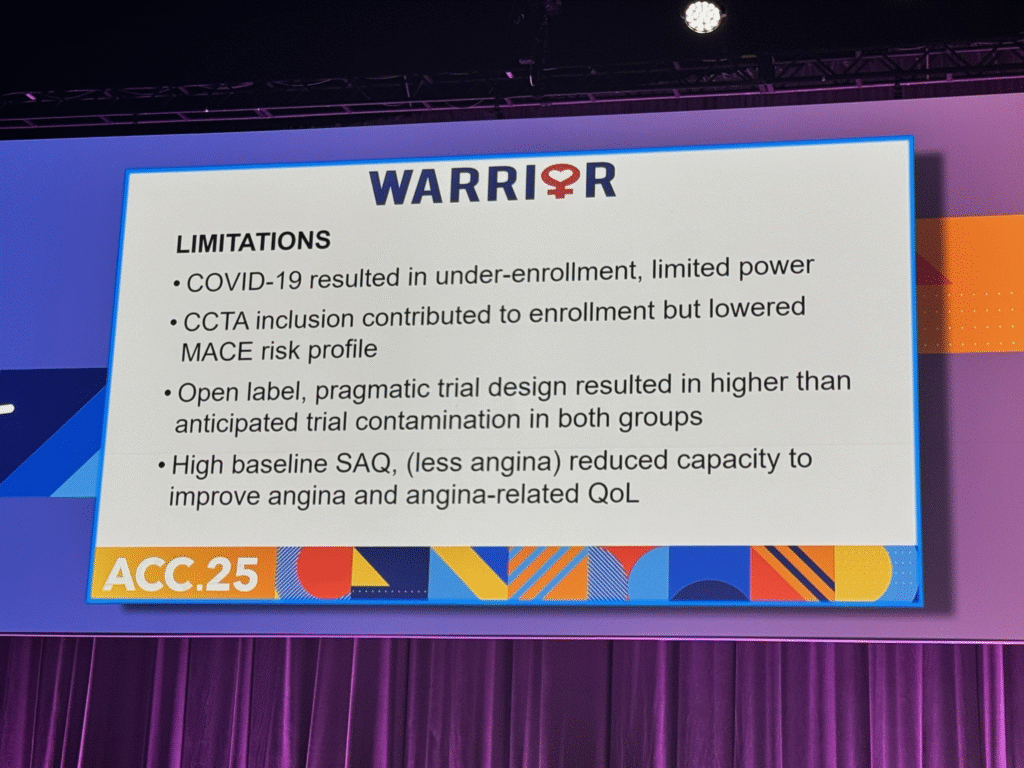Gaining admission to a top university is a dream shared by countless students around the world. Whether you aspire to study at Harvard, Oxford, Stanford, MIT, Cambridge, or any other elite institution, the competition is fierce, and the expectations are high. But don’t be discouraged—the process, while competitive, is not impossible.
This article serves as your ultimate guide to increasing your chances of being accepted into a prestigious university. From academic performance to extracurriculars, essays to recommendations, we’ll break down every key area of your application and give you actionable strategies to stand out.
Key Takeaways
- Strong academics are essential, but not enough on their own—top universities want depth, impact, and character.
- Focus on building a cohesive narrative across essays, recommendations, and extracurriculars.
- Start early, plan ahead, and be strategic in your application.
- Authenticity, passion, and resilience are just as valuable as grades.
- Don’t fear rejection—apply broadly, and use each application to learn and improve.
Why Top Universities Are So Competitive
Top universities—such as Harvard, Oxford, MIT, Stanford, Cambridge, and others—consistently rank among the best in the world. They attract a vast number of applicants each year, yet admit only a small fraction. But what exactly makes these institutions so competitive? The answer lies in a mix of prestige, limited capacity, global reach, and the quality of their offerings.
Let’s take a closer look at the key factors that make top universities so difficult to get into:
1. Global Reputation and Prestige
Top-tier universities have built their reputation over decades—or even centuries—of excellence in:
- Academics – Producing world-leading research and Nobel Prize winners
- Leadership – Educating global leaders, CEOs, and influencers
- Innovation – Driving scientific, economic, and cultural advancements
Because of their prestige, these universities become aspirational destinations for students worldwide, dramatically increasing the applicant pool.
2. World-Class Faculty and Resources
Top universities attract the most renowned professors, many of whom are pioneers in their fields. This means students benefit from:
- Cutting-edge research opportunities
- Access to breakthrough knowledge before it’s mainstream
- Mentorship from leading thinkers and practitioners
In addition to faculty, these institutions provide:
- State-of-the-art labs, libraries, and learning environments
- Strong funding for research and innovation
- Global partnerships and collaborations
3. High Return on Investment (ROI)
Graduates from elite universities often have access to:
- High-paying job opportunities
- Robust alumni networks that open doors
- Greater chances of admission into top graduate schools
Many students view a degree from a prestigious institution as a ticket to long-term professional and financial success—further fueling demand.
4. Limited Enrollment Capacity

Top universities are highly selective not just by choice, but by necessity. They aim to:
- Maintain small class sizes for better learning outcomes
- Protect the quality of education
- Preserve the intimate, high-engagement academic environment
For example, if a school receives 50,000 applications but only has 2,000 spots, even exceptionally qualified candidates may be rejected simply due to limited space.
5. Holistic Admissions Process
Unlike institutions that admit based mainly on grades and test scores, top universities evaluate applicants holistically, considering:
- Academic records
- Extracurricular involvement
- Leadership potential
- Personal background and challenges
- Essays and letters of recommendation
This approach allows them to craft a diverse, well-rounded incoming class, but it also means there’s no “one-size-fits-all” formula for getting in—which adds to the challenge.
6. Massive International Competition
Top institutions aren’t just competing for domestic applicants—they attract students from over 100 countries. The global applicant pool includes:
- Olympiad medalists
- National award winners
- Entrepreneurs and researchers
- Artists and innovators
This intensifies competition, especially for international applicants applying under limited quotas or need-aware policies.
7. Low Acceptance Rates and Media Visibility
Acceptance rates at top schools can drop below 5% in some cases, creating a perception of extreme exclusivity. This makes them even more desirable, driving more applications and further lowering the acceptance rate.
Moreover, the visibility of these schools in global rankings, media, and pop culture (TV, movies, books) enhances their mystique and appeal—creating a feedback loop of demand.
8. Emphasis on Future Impact
Top universities are not just admitting students for academic success—they’re looking for future leaders and changemakers. They seek applicants who:
- Demonstrate passion, resilience, and innovation
- Show evidence of making a difference in their communities
- Aspire to lead in business, science, public service, or creative fields
This sets a higher bar: strong academics are necessary but not sufficient—you also need to show character, purpose, and drive.
Section 1: Academic Excellence – Your Foundation
1.1 Aim for Top Grades
Grades are the first screening metric used by admissions officers. You’ll need:
- A high GPA or equivalent marks
- Consistently strong performance across subjects
- Honors, Advanced Placement (AP), International Baccalaureate (IB), or A-level courses where available
1.2 Score Well on Standardized Tests
Most top universities require or recommend:
- SAT/ACT (U.S.)
- GRE/GMAT (graduate programs)
- TOEFL/IELTS (if English is not your first language)
Section 2: Standout Extracurricular Activities
2.1 Quality Over Quantity
Top schools aren’t looking for students who joined every club—they’re looking for those who made a real impact.
- Leadership roles (President, Founder, Captain)
- Community service initiatives
- National or international competitions
- Creative achievements (writing a book, developing an app)
2.2 Passion Projects and Initiatives
Self-started projects—like running a nonprofit, building a portfolio, or launching a startup—show initiative and originality.
Section 3: Crafting an Outstanding Application Essay
The personal statement or college essay is your chance to show who you are beyond numbers.
3.1 Be Authentic and Reflective
Don’t just list achievements. Share:
- Life-changing experiences
- Challenges you’ve overcome
- Moments of personal growth
- Your aspirations and values
3.2 Customize for Each University
Tailor supplemental essays to each school. Demonstrate why you’re a fit for their specific programs, professors, or campus culture.
Section 4: Strong Letters of Recommendation
4.1 Choose Wisely
Select recommenders who know you personally and academically—ideally teachers who’ve seen you grow.
4.2 Provide Context
Help your recommenders write strong letters by providing:
- A list of achievements
- Your resume
- A short paragraph about your goals
Section 5: Applying Strategically
5.1 Understand Admission Plans
Many top schools offer:
- Early Decision (ED) – binding
- Early Action (EA) – non-binding
- Regular Decision (RD)
5.2 Build a Balanced College List
Apply to a mix of:
- Reach schools (dream schools)
- Match schools (where your profile aligns)
- Safety schools (where you’re above average)
Section 6: Interviews and Campus Engagement

6.1 Prepare for Interviews
Some top schools require or offer optional interviews. Prepare by:
- Practicing common questions
- Researching the university in depth
- Preparing thoughtful questions to ask
6.2 Demonstrate Interest
Show your engagement by:
- Attending info sessions or webinars
- Connecting with admissions officers
- Visiting campus (if feasible)
Section 7: International Students – What to Consider
Top universities around the world are highly attractive to international students seeking world-class education, global exposure, and career advancement. However, the application process can be more complex for those applying from outside the host country. It’s not just about academics—international applicants must also navigate different education systems, visa regulations, financial planning, and cultural adjustments.
Below are the most important aspects international students should consider when applying to top universities:
1. Understanding Academic Equivalencies
International students often come from varying educational systems (e.g., CBSE, IB, A-levels, national curriculums). Each university will have its own way of evaluating your academic qualifications.
What to Do:
- Check if your credentials (grades, exam formats) match the university’s admission criteria.
- Use credential evaluation services if required (like WES or NARIC).
- Contact the admissions office to clarify how they interpret your transcript.
2. English Language Proficiency Tests
If English is not your native language, you’ll almost always need to prove proficiency through standardized tests such as:
- TOEFL (Test of English as a Foreign Language)
- IELTS (International English Language Testing System)
- Duolingo English Test (accepted by many universities post-pandemic)
- Cambridge English Qualifications
Tips:
- Aim for scores above the university’s minimum to be competitive (TOEFL iBT: 100+, IELTS: 7.0+).
- Take the test early to allow time for retakes, if needed.
3. Visa Requirements and Immigration
Gaining admission is only one part of the journey—getting a student visa is crucial.
You Must:
- Receive an official offer and an I-20 (U.S.) or CAS letter (UK).
- Apply for your visa early (process can take weeks/months).
- Show proof of financial support for tuition and living expenses.
- Schedule and prepare for visa interviews, if applicable.
Note: Visa approval is not automatic, even with admission. Missteps in paperwork or funding proofs can lead to denial.
4. Financial Planning and Scholarships

Studying abroad can be expensive. International students often pay higher tuition rates and may have fewer funding options.
Checklist:
- Research tuition, housing, health insurance, and travel costs.
- Explore scholarships for international students:
- Merit-based (academic performance)
- Need-based (financial hardship)
- Country-specific or program-specific
- Apply for external scholarships like Fulbright, Chevening, or DAAD.
- Look for universities with need-blind or need-aware admission policies for international applicants.
Caution: Some universities are “need-aware,” meaning your ability to pay may affect your admission decision.
5. Application Materials and Deadlines
Requirements can differ slightly for international applicants:
- Academic transcripts must be translated and certified.
- Additional forms like financial declarations may be required.
- Standardized test policies (SAT/ACT) may vary.
- Deadlines can be earlier for international students to allow for visa processing.
Tips:
- Start preparing at least 12–18 months in advance.
- Double-check that documents meet all submission standards.
6. Adjusting to a New Culture and Academic Environment
Studying abroad involves adapting to a new education style and culture:
- Classroom Dynamics: More discussion-based, critical thinking–oriented in many Western universities.
- Student Life: Expect independence, diverse clubs, and leadership opportunities.
- Cultural Adjustment: Homesickness, language barriers, or culture shock are common but manageable.
Support Resources to Look For:
- International student offices
- Academic advising and mentorship programs
- Cultural societies or affinity groups
- Counseling and wellness services
7. Post-Graduation Work Opportunities
International students should research if they can stay and work in the host country after graduation.
- U.S.: Optional Practical Training (OPT), H-1B visa
- UK: Graduate Route (2-year post-study work visa)
- Canada: Post-Graduation Work Permit (PGWP)
- Australia: Temporary Graduate visa (subclass 485)
Advice:
- Choose a university with strong career services and employer partnerships.
- Start networking and internship hunting early to maximize your chances.
8. Choosing the Right Country and University
Factors to evaluate include:
- Language of instruction
- Safety and student friendliness
- Immigration friendliness and work opportunities
- Affordability and quality of life
- Alumni success and global reputation
Also Read :-What Are The Benefits Of Taking Online University Courses In 2025?
Conclusion
Getting into a top university is undoubtedly challenging—but with the right preparation, mindset, and strategy, it’s absolutely achievable. Remember, elite schools are looking not just for students with impressive resumes but for individuals who bring passion, purpose, and potential to their community.
Your journey to admission doesn’t start with an application—it begins with knowing who you are and what you want to contribute to the world. Let that guide you, and no matter the outcome, you’ll have built a future worth being proud of.
FAQs
1. Do I need perfect grades to get into a top university?
Not necessarily, but strong grades are critical. If you have a dip, explain it and show growth in other areas.
2. How early should I start preparing?
Ideally in your freshman or sophomore year of high school, but it’s never too late to strengthen your profile.
3. Can I still get in without many extracurriculars?
Possibly, if your academics and essays are exceptional. But a well-rounded profile helps.
4. How important are test scores in 2025?
Many schools are test-optional, but strong scores can still strengthen your application, especially at selective schools.
5. Do legacy or donor status matter?
At some institutions, yes. However, merit remains the primary factor at most top universities.
6. What if I can’t afford the application fees?
Many universities offer fee waivers—contact their admissions office or your school counselor.
7. How many top schools should I apply to?
Around 3–5, balanced with matches and safeties. Applying to 10–15 schools total is common but depends on your strategy.


